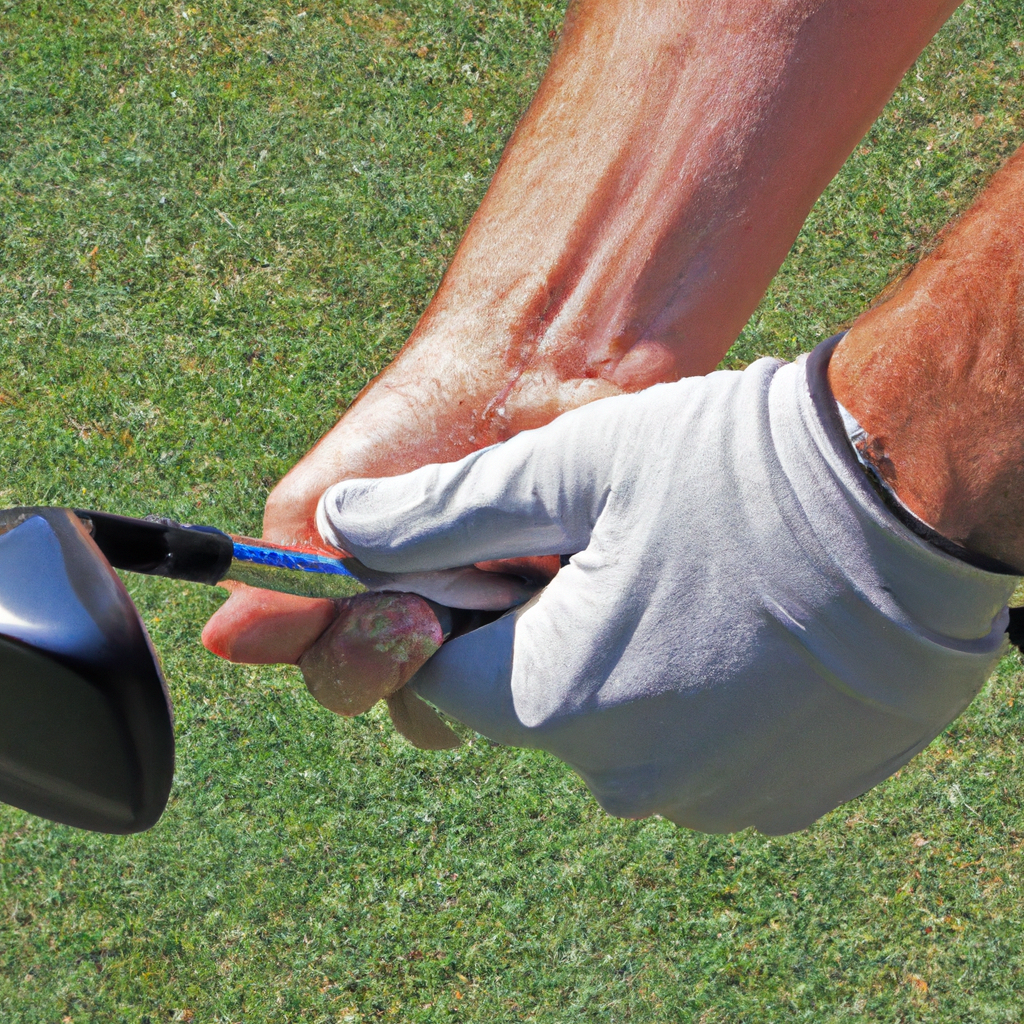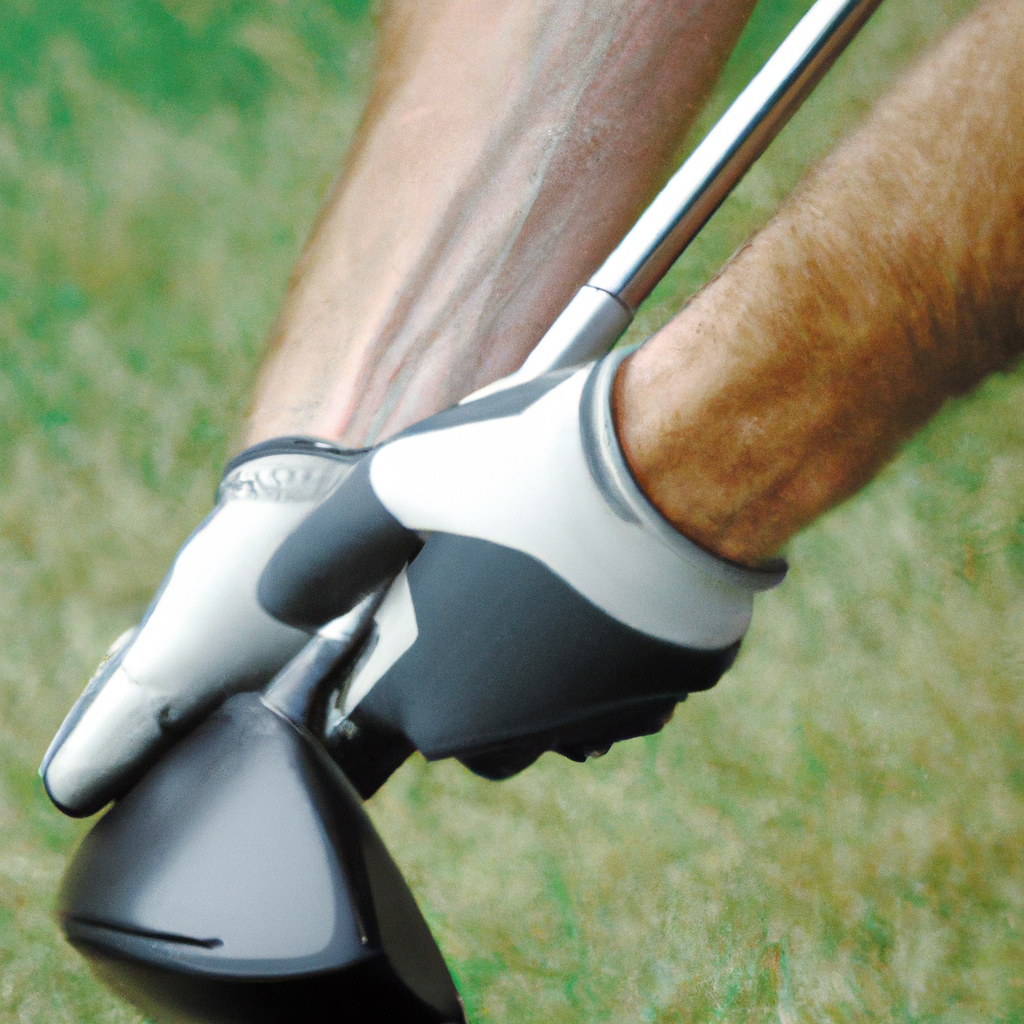Have you ever wondered which muscles are involved when you swing that golf club? Golf is not just a game of precision and skill, it also requires a great deal of physical strength and coordination. In this article, we will explore the various muscles that are engaged during a round of golf, from your shoulders all the way down to your legs. Understanding the specific muscles involved in golf can not only help you improve your swing, but also enhance your overall performance on the course. So get ready to discover the key muscles that power your golf game to new heights!
The Muscles Involved in Golf

Introduction
Playing golf may seem like a leisurely sport, but it actually requires a great deal of physical exertion. In order to swing the club and achieve accuracy and distance, you engage several muscles throughout your body. Understanding which muscles are involved in golf can help you improve your game and prevent injuries. In this article, we will explore the key muscles used in golf and how they contribute to your overall performance.
Upper Body Muscles
Forearms: The forearms play a crucial role in your golf swing. They are responsible for grip strength and control, allowing you to maintain a firm hold on the club throughout the swing. Strengthening your forearms will not only enhance your grip, but also improve your overall swing power and accuracy.
Shoulders: The shoulders are heavily involved in the golf swing, particularly during the backswing and follow-through. The primary muscles used in the shoulders are the deltoids and rotator cuffs. These muscles provide stability and generate power for an effective swing. Focusing on shoulder exercises can help you strengthen these muscles and improve your swing consistency.
Chest: The chest muscles, specifically the pectoralis major and minor, come into play during the swinging motion of golf. They help generate rotational force and provide stability throughout the swing. Strengthening your chest muscles can enhance your overall swing power and control.
Back: The muscles of the back, including the latissimus dorsi, trapezius, and rhomboids, play a significant role in the golf swing. These muscles contribute to trunk rotation and help maintain posture during the swing. Strengthening these muscles can improve your ability to generate power and maintain proper form throughout your swing.
Abdominals: Your abdominal muscles, including the rectus abdominis and obliques, provide the necessary core stability during a golf swing. They help transfer power from your lower body to your upper body, allowing for a more controlled and powerful swing. Strengthening your abdominals can improve your balance, control, and overall swing performance.
Obliques: The oblique muscles, located on the sides of your abdomen, are essential for generating rotational force in your golf swing. They work in conjunction with your abdominal muscles to provide stability, control, and power during the swing. Strengthening your obliques can significantly improve your ability to rotate your torso and generate clubhead speed.
Latissimus Dorsi: The latissimus dorsi, commonly known as the lats, are large muscles located on the sides of your back. They play a crucial role in generating power during the downswing and follow-through phases of the golf swing. Strengthening your lats can help improve your swing speed and overall distance.

Lower Body Muscles
Glutes: The gluteal muscles, including the gluteus maximus, medius, and minimus, are vital for stability and power in your golf swing. These muscles provide the foundation for a strong and balanced swing by generating force from your lower body. Strengthening your glutes can improve your stability, balance, and overall swing power.
Quadriceps: The quadriceps muscles, located on the front of your thighs, are actively engaged throughout the golf swing. These muscles help generate power during the downswing and provide stability during the follow-through. Strengthening your quadriceps can enhance your ability to generate rotational force, leading to improved swing power.
Hamstrings: The hamstrings, located on the back of your thighs, are essential for maintaining balance and control during the golf swing. These muscles work in conjunction with the glutes and quadriceps to provide stability and generate power. Strengthening your hamstrings can improve your overall swing stability and prevent injuries.
Calves: The calf muscles, consisting of the gastrocnemius and soleus, contribute to the transfer of power from your lower body to the clubhead. These muscles help stabilize your lower body during the swing, particularly during the follow-through. Strengthening your calf muscles can improve your balance, control, and overall swing performance.
Hips: The muscles surrounding the hips, including the hip flexors and hip rotators, are crucial for a successful golf swing. These muscles are responsible for generating rotational force and maintaining stability throughout the swing. Strengthening your hip muscles can enhance your ability to rotate your hips and generate power, resulting in improved swing performance.
Core Muscles: The core muscles, including the lower back, abdominals, and obliques, collectively provide stability and power during the golf swing. A strong core allows for efficient weight transfer and rotational force generation. Strengthening your core muscles can significantly improve your overall swing power, control, and endurance.
Conclusion
As you can see, playing golf engages numerous muscles throughout your body. From the upper body muscles involved in grip strength and swing power to the lower body muscles responsible for stability and rotational force, each muscle group contributes to your golf performance. By understanding and strengthening these muscles, you can enhance your swing power, accuracy, and overall game. Incorporating targeted exercises that focus on these muscles into your training routine can help you become a more successful and efficient golfer. So, while you enjoy the serenity of the golf course, remember that behind every swing, a network of muscles is hard at work.
